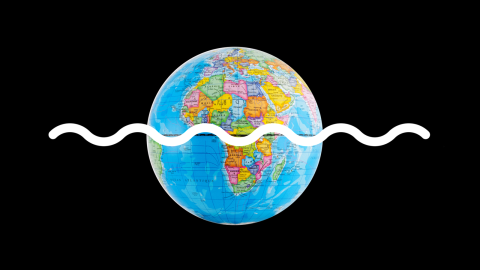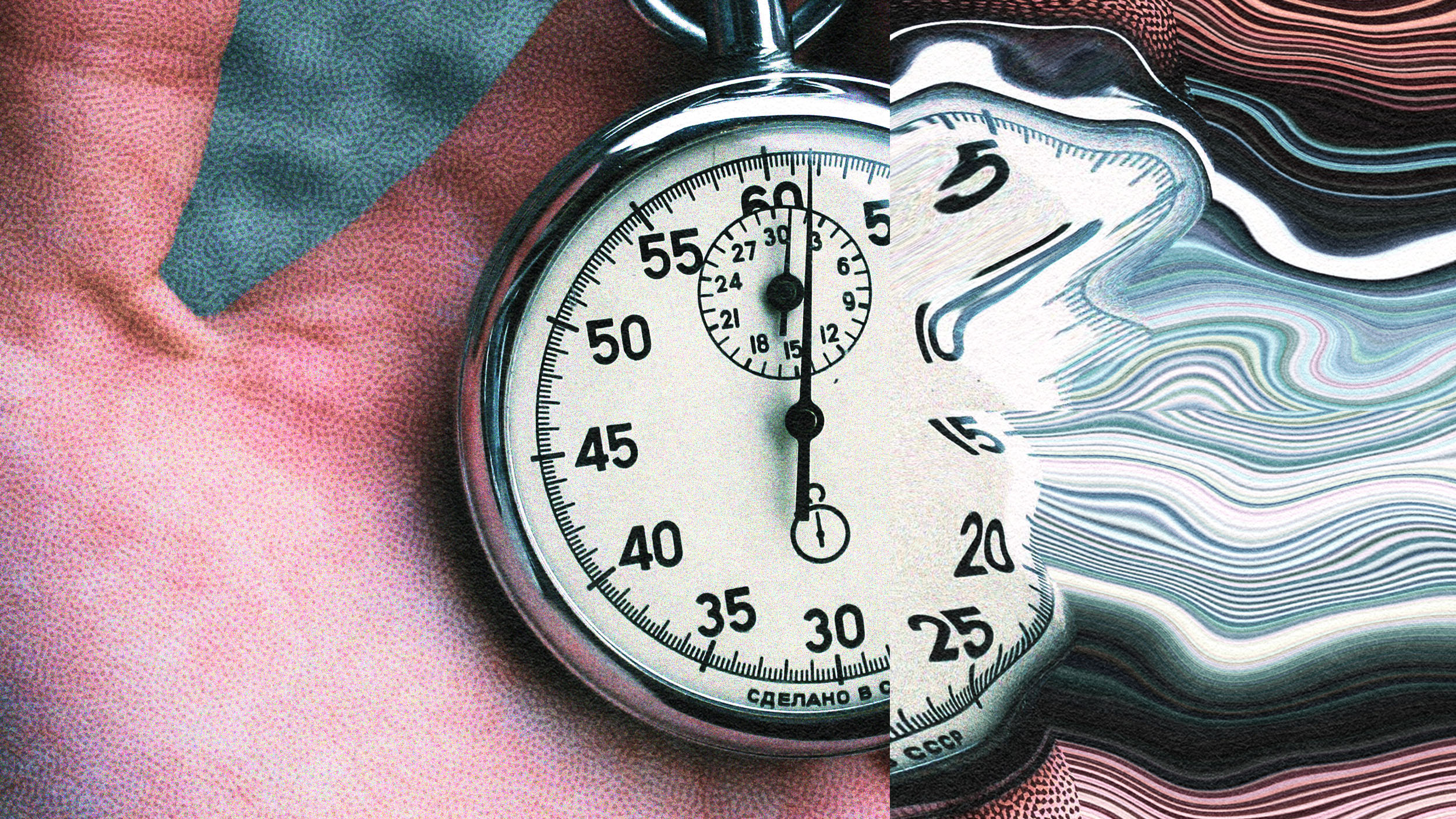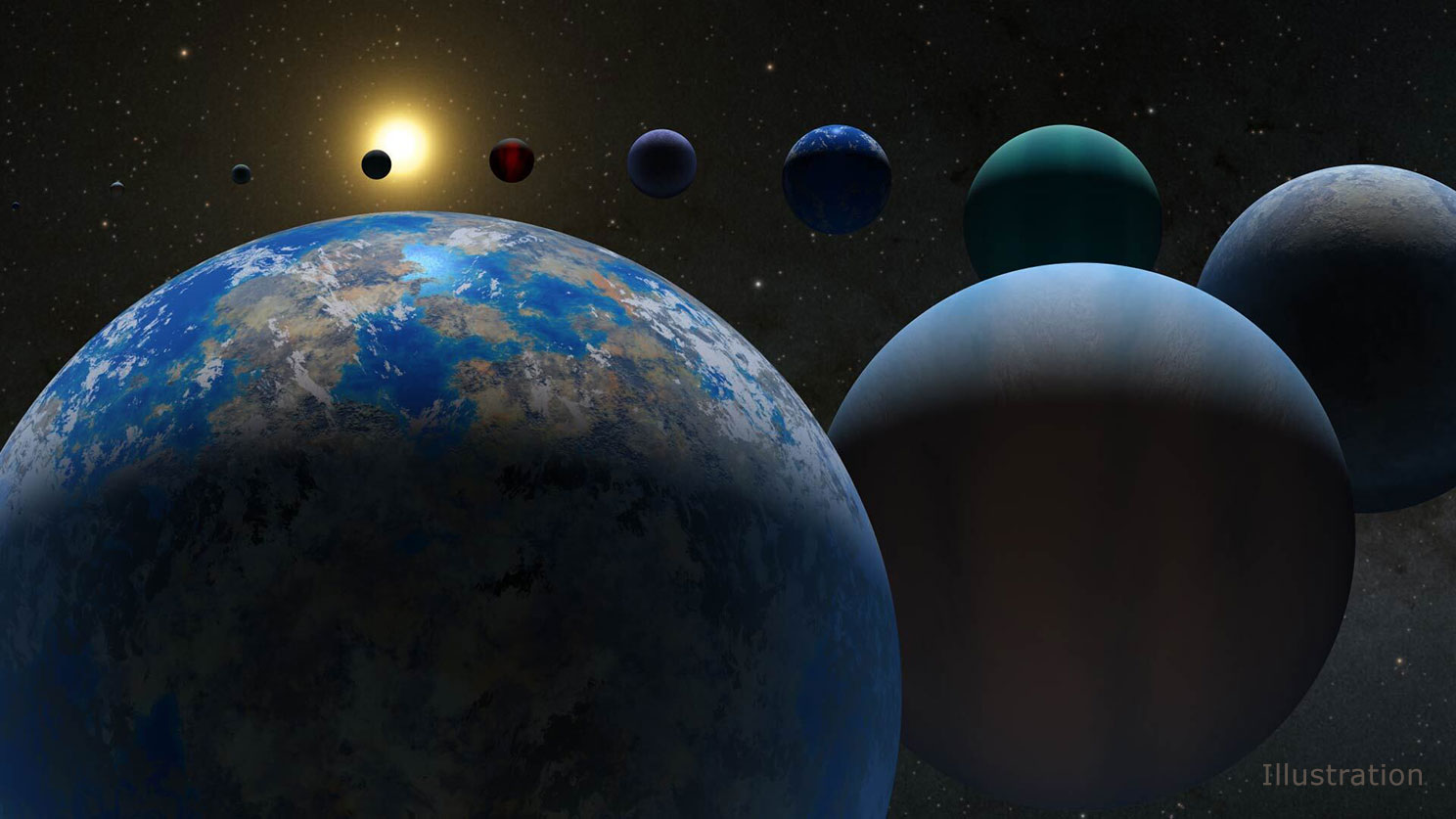Earth’s rotation is wavering. Here’s why we need leap seconds.

- Our planet is gradually spinning down for known reasons and wobbling for partially known reasons.
- We often think of time as immutable and abstract, but our clock is based on the motions of the heavenly bodies.
- Every few years, a second must be added to our earthbound clocks to drag theoretical time back toward astronomical time.
Scientists, engineers, and programmers often think of time as absolute in their work. But this helpful approximation is technically wrong, for both physical and human reasons. The theory of relativity is exactly concerned with this. In human terms, our clocks and calendars are also not based on an abstract, absolute time. Rather, they’re benchmarked to the periods of the heavenly bodies: a day is one rotation of the Earth about its axis and a year is one orbit of the Earth about the Sun. Because of the coupling of our clock to the complex realities of Earth, our time is not immutable. Instead, time gradually changes over time.
Over the past 50 years, 27 leap seconds have been added to our time. At these moments, the clock makes an unusual tick: 23:59:59, 23:59:60, 00:00:00. The additional second accounts for changes in the Earth’s rotation, due to the fact that our planet is gradually spinning down and fluctuating along the way.
What causes Earth days to fluctuate?
There is a gradual, steady factor as well as a host of ephemeral ones.
The gravitational interaction between the idealized centers of the Earth and the Moon dictates our mutual orbit. However, the diameter of Earth is large enough that the Moon’s pull is meaningfully stronger from the closer side than the farther side. The resulting gravitational gradient pulls in Earth’s near side, while gripping the far side less tightly, forming two bulges. This effect is noticeable in our everyday lives as the dominant twice-daily frequency in the ocean tides.
Some time is needed for water and solid crust to flow into and out of the bulges. The peaks are thus slightly delayed relative to the overhead position of the moon, tracking behind its arc. Because one bulge is closer to the moon, the Moon’s gravity pulls more strongly on it. Since the bulge trails behind the Moon’s position, the net pull is backward, against the rotation. This exerts a net torque about Earth’s central axis in the direction opposite its rotation, ever so slightly slowing it.
“Slightly” here is a funny term: The rotational period of the Earth, on average, slows by only 2 milliseconds per day over a millennium. However, the continual slowing represents a rotational power loss of 3.7 terawatts, about half the capacity of all human power plants combined. Some of this energy is transferred to the orbit of the moon. Most of it is lost as the friction of water and rock rising and falling dissipates heat.
Over time, that miniscule slowing adds up. Many millions of years ago, each day on Earth was several hours shorter than it is today. In the far future, Earth will slow down until a day lasts closer to a month, if the planet survives long enough. This is the phenomenon of tidal lock. Not only will one side of the Moon always face us, the Moon will always lie above one side of the Earth, invisible from the other.
While the inexorable slowing of our rotation gradually continues, a number of more arcane and transitory effects cause short-term wander in the length of the day. Shifts in the shape—more precisely the distribution of mass—of the Earth change its moment of inertia, like the famous figure skater pulling in her arms and leg to accelerate into a dizzying spin. Some of the mass shifts are invisible to us, such as flows within the Earth’s liquid core or shifting mantle layers. The movement of mass as continents drift and polar ice caps grow and shrink produce small changes as well. Mass moving to lower latitudes slows rotation, while migration toward the poles increases it.
Shifts in mass can occasionally be assigned to particular events or causes. For instance, the 2004 Indian Ocean earthquake caused mass to settle downward into the Earth, reducing the planet’s moment of inertia and boosting its rotation slightly. The Three Gorges Dam decreases Earth’s rotation a trifle. The elevated concrete and steel of the structure is of minimal consequence, but the enormous mass of water that it forces to a higher elevation, farther from Earths’ center, has subtle effects. Interactions between the atmosphere and surface might also play a part. Broadly, we probably don’t understand most of these effects, but scientists do carefully track their consequences.
The transitory effects add on top of the gradual one. While the day grows longer over millennia, the intermittent events cause it to fluctuate up and down by a few milliseconds across years and decades. The pattern is like small rises and hollows along a descending trail.
Since the 1960s, the day has drifted from just under 86,400 seconds to as much as 3 milliseconds longer (86.400.003 seconds). If each rotational day were to last 1 extra millisecond, then one second would be lost by the abstract clock every 1,000 days, and one leap second would be needed to get it back. This chart shows the length of the day and the leap seconds. Every few years the extra milliseconds add up and a leap second is declared to claw back the accumulated surplus time.
Ultimately, we need leap seconds because our clock is not the simplified clock of scientists and software engineers. The motions of Earth are affected by a tremendous number of factors, as befits a real object in the real universe. It doesn’t neatly obey an abstract mathematical rule that a day is precisely 86,400 seconds in perpetuity. Even as our human lives become more divorced from nature, the cycles of our bodies, our environment, and our societies are still synchronized to the rhythms of the sun and the seasons. Computer programmers will just have to get smarter about accounting for this, instead of trying to make it go away.





